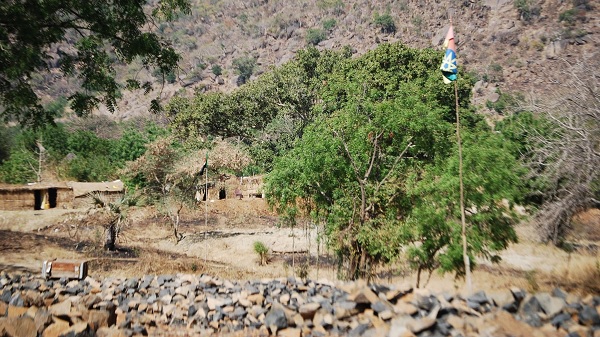
A study by the University of Aberdeen (Aberdeen, Scotland) researchers, published on Geology Today, asserts that a large amount of treasure might be buried under the surface in the Asosa region of western Ethiopia.
University of Aberdeen [Abstract] – Gold mining has a legendary history in Ethiopia, with Ethiopian mines providing gold to the ancient Egyptian empire and possibly even King Solomon’s Mines and the Queen of Sheba. Today, gold occurs in the Pan-African age schist belt and Tertiary basaltic lavas of the Asosa region of Benishangul-Gumuz, western Ethiopia. There is widespread artisanal gold production in the Asosa region, with moderate activity by small numbers of local workers producing relatively large amounts of gold. There is a strong relationship between predominantly shear zone-hosted gold deposits and the Kuluck shear zone, suggesting a structural control on gold accumulation. Gold is also commonly associated with secondary sulphide mineralization and magnetite alteration in Asosa rocks. The source of the gold is thought to be the sub-volcanic intrusions generated during the subduction of the oceanic crust at the trench island-arc system, akin to what we see today in epithermal and porphyry type gold systems. Historical workings and anomalous gold concentrations in rock, soil and stream sediments point to a potentially significant untapped gold resource in the Asosa region of western Ethiopia.
“The Asosa zone geology is characterised by various kinds of volcanic and sedimentary rocks that are more than 600 million-years-old. The region has been intensely deformed by geological forces, resulting in everything from kilometre-long faults to tiny cracks known as veins which are only centimetres in length.” Liam Bullock, The Conversation, January 24, 2018.
You can find the full publication, titled “The Asosa region of western Ethiopia: a golden exploration opportunity” bi clicking here [access permission needed]
Also read: “Ethiopia could be sitting on one of world’s great untapped gold deposits” on The Conversation.
Source: University of Aberdeen
